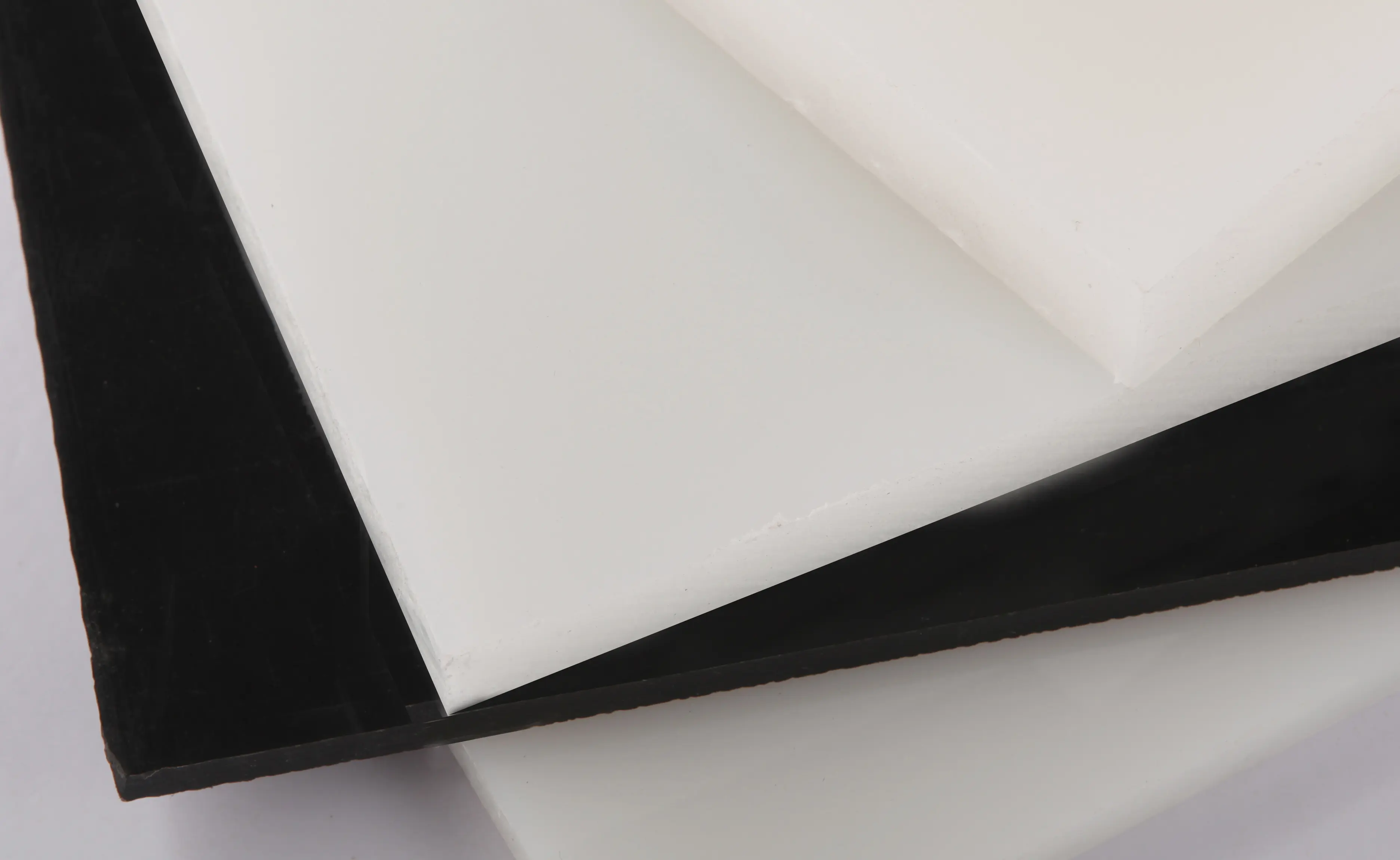11-р сар . 11, 2024 20:15 Back to list
pipe fitting
Understanding Pipe Fittings Essential Components in Plumbing and Construction
Pipe fittings are crucial components in any plumbing or construction project. They are used to connect pipes, manage the flow of liquids and gases, and change the direction of a pipeline. The importance of selecting the right type of pipe fitting cannot be overstated, as it directly affects the efficiency, safety, and longevity of fluid systems.
Types of Pipe Fittings
There are several types of pipe fittings, each designed for specific functions. The most common types include
1. Elbows These fittings are used to change the direction of the pipe run. They typically come in 45-degree and 90-degree angles, allowing for versatile configurations in piping systems.
2. Tees A tee fitting is used when a pipeline needs to branch off into two directions. It has three openings, resembling the letter 'T,' and is essential for creating a junction in a plumbing system.
3. Reducers These fittings allow for the connection of pipes of different diameters, gradually changing the pipe size. This is important for controlling flow rates and maintaining pressure within a system.
4. Couplings Couplings are used to connect two lengths of pipe. They can be classified into various types such as slip, threaded, and socket, depending on how they join the pipes.
5. Caps and Plugs Caps are used to close the end of a pipe, while plugs are inserted into the end of a pipe to stop flow temporarily or permanently.
Materials Used in Pipe Fittings
Pipe fittings are made from various materials, each suited for different applications. Common materials include
- PVC (Polyvinyl Chloride) Lightweight and resistant to corrosion, PVC fittings are widely used in residential plumbing applications.
pipe fitting

- Copper Known for its durability and antimicrobial properties, copper fittings are often used in water supply lines
.- Steel Available in various grades, including stainless steel, steel fittings are suitable for high-pressure applications in both residential and industrial settings.
Importance of Proper Installation
Proper installation of pipe fittings is essential to prevent leaks and ensure the efficiency of the system. It involves following specific guidelines
1. Cleaning and Preparation Before connecting fittings, it’s crucial to clean the pipe ends to remove any dirt or debris that may hinder a tight seal.
2. Using the Right Tools Proper tools should be employed for tightening, such as pipe wrenches or pliers, to avoid damaging the fittings.
3. Sealants and Adhesives In some cases, using sealants or adhesives can enhance the seal and prevent leaks, especially in threaded connections.
Challenges and Considerations
When selecting and installing pipe fittings, several challenges may arise. For instance, accounting for thermal expansion and contraction of materials, choosing the right fitting size, and ensuring compatibility between different materials are all critical considerations. Failure to address these issues can lead to inefficiencies and costly repairs down the line.
Conclusion
In summary, pipe fittings are integral to creating efficient plumbing and industrial systems. Understanding the various types, materials, and installation methods is essential for anyone involved in plumbing or construction. By selecting the right fittings and ensuring proper installation, you can significantly improve the performance and reliability of your fluid transport systems. Whether you are a seasoned professional or a DIY enthusiast, investing time to understand pipe fittings will pay off in the long run, ensuring that your plumbing systems operate smoothly and effectively.
-
Durable PVC-M Water Supply Pipes | 60-Year Life
NewsAug.04,2025
-
Premium HDPE Water Supply Pipes: Durable & Leak-Proof
NewsAug.03,2025
-
Premium PVC-M Water Supply Pipe - Durable & Efficient
NewsAug.02,2025
-
Premium PP Welding Rod: GPT-4 Turbo Enhanced
NewsAug.01,2025
-
HDPE Drainage & Irrigation Pipe - Durable, Efficient Solutions
NewsAug.01,2025
-
Premium PVC Transparent Pipe: Durable & Clear Solutions
NewsJul.31,2025

